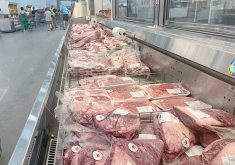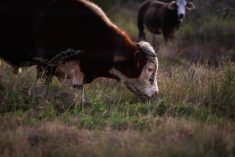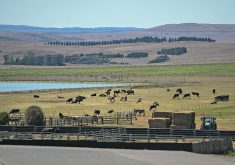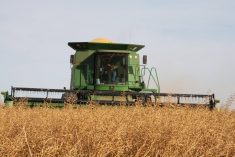REUTERS — The total number of U.S. cattle fell to its lowest level since 1951 as of Jan. 1 in the herd’s fifth consecutive year of decline, U.S. Department of Agriculture data shows.
Ranchers slashed their herds as dry weather in the western United States reduced the land available for grazing and raised feeding costs. Cattle supplies have tightened, pushing up beef prices.
All cattle and calves totalled 87.2 million head at the start of 2024, down two percent from a year earlier, the USDA said.
The number of beef cows was also down two percent, at 28.2 million head, the lowest since 1961. A year ago, the beef cow herd hit its lowest level since 1962. Since then, the number of dairy cows eased 0.4 percent to 9.4 million head.
Read Also

New program aims to support plant-based exports to Asia
Understanding the preferences of consumers in Taiwan and how they differ from Indonesia or Malaysia isn’t easy for a small company in Saskatchewan.
Better moisture conditions could encourage ranchers to start rebuilding their beef herds later this year, analysts said. As of Jan. 23, 49 percent of the nation’s cattle areas were considered abnormally dry, down from 72 percent a year earlier, according to the U.S. Drought Monitor.
Analysts said producers in the fourth quarter may start to retain heifers instead of sending them to slaughter.
“We’re definitely looking at tighter supplies,” said Arlan Suderman, chief commodities economist for brokerage StoneX. “The question is, will demand be there?”
The U.S. has increased beef imports and reduced exports to compensate for the diminished herd. The USDA estimates beef imports reached 3.71 billion pounds in 2023, up 9.3 percent from the previous year, and predicts they will rise to 3.77 billion lb. in 2024.

















